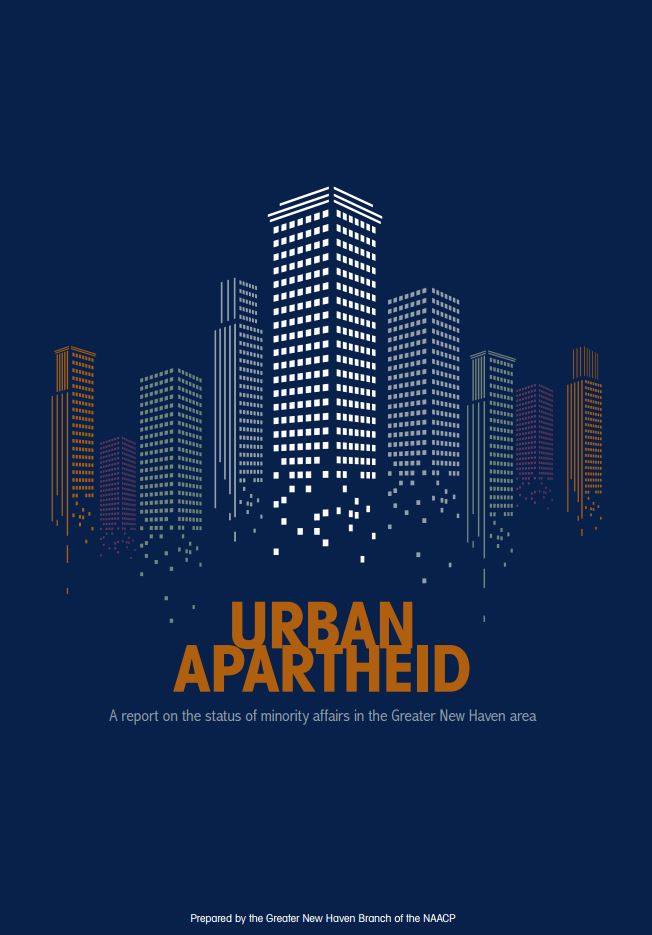Document
27.03.2013
Urban Apartheid: 2013 Greater New Haven NAACP Report
By Greater New Haven NAACP
The NAACP Greater New Haven Branch of the NAACP created the Urban Apartheid report, involving DataHaven to work with NAACP staff and board members and contribute the research material used throughout. DataHaven also received a separate contract from the Annie E. Casey Foundation to support its work on the development of this 25-page report. The report includes data from the 2012 DataHaven Community Wellbeing Survey.
Please see the main report page for additional details.

